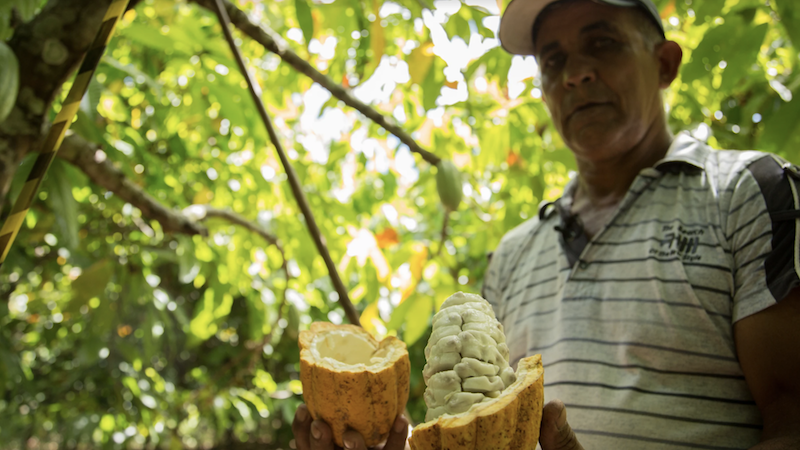
A Lush Green Forest Turned to Dust & Mud
The first image that comes to mind when people think of the Amazon is green. But in the region that surrounds the Trans-Amazonian Highway, built in the 70’s, the reality is full of dust. There is dust everywhere, and if you’re there in the wet season, you face hundreds of kilometers of irregular roads full of mud. And trees? Of the big chestnut trees which are a symbol of the Pará State, just a handful remain. Instead, this is a landscape now characterized by large pasture lands and few cattle.
José Antônio de Oliveira, a producer born in Pernambuco, felt overwhelmed by this situation. He said: “I didn’t agree with this. I didn’t believe I had the right to cut down a tree from the Amazon to grow pastures.” This led him to leaving this area and starting a new life in Novo Repartimento at age 42.
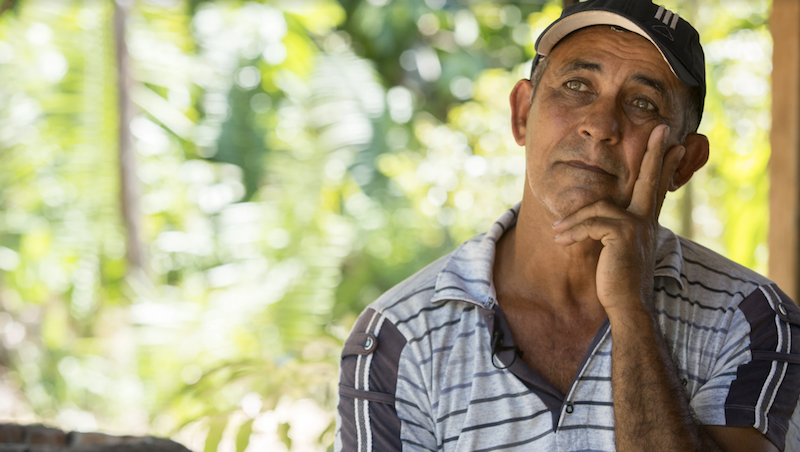
Novo Repartimento is a municipality in the State of Pará, within the Trans-Amazonian highway region. It was founded in 1991, after the original Repartimento Village was flooded to build the hydropower plant of Tucuruí. With a population close to 75,0000 the city is a portrait of Brazil migration. People from every corner of the country come to the North, amidst the forest, to settle down and build new dreams.
The Challenge for Local Communities to Remain
Tuerê arose from this migratory movement, one of the largest settlements of small producers in Latin America. Here, more than 3,000 families have left and a large amount of forest has disappeared in the last few decades due to extensive cattle production. The average animal density in the region is less than one animal per hectare. Whatsmore, the legal fight against logging, even if regarded a crime, is not strong enough. Further troubles are long distances and limited access to electricity, roads and internet. Antônio says:
“I participated in the construction of some of the major works in Brazil. I worked in the construction of hydropower plants, oil platforms, mines. But this is my best work ever: growing cocoa in the Amazon.”
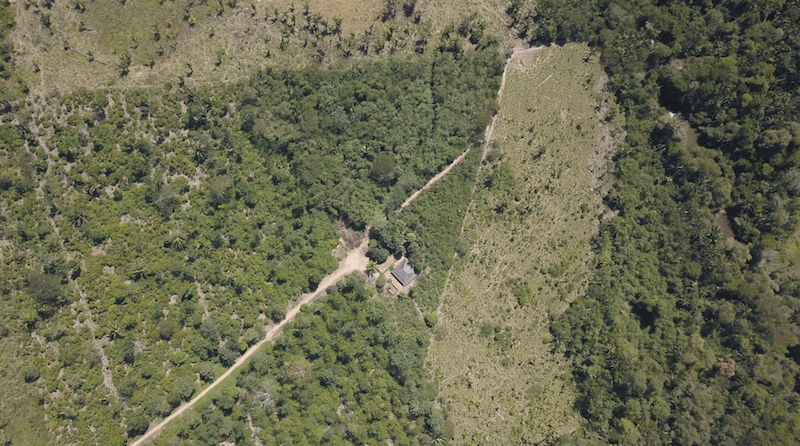
A Future From The Land
When Antônio came to the settlement to visit a friend he was delighted by the possibility of quitting his career in the construction sector and start living off the land. “I’ve always wanted to cultivate. It was always my dream. I had grown açaí e cupuaçú, but I had never lived on a plantation.”
For Francisco Pereira da Cruz, 31, Tuerê is his cradle. His parents arrived at the settlement in one of the first migratory waves, when Francisco was born. His father is also a cocoa producer.
“Since I was a kid, I would tag along when my father worked at the field. And you start growing a certain kind of love. Those who don’t have a cocoa plantation in Novo Repartimento end up struggling. We learn to combine our production with cocoa more and more, as we perceive that cocoa is everything.”
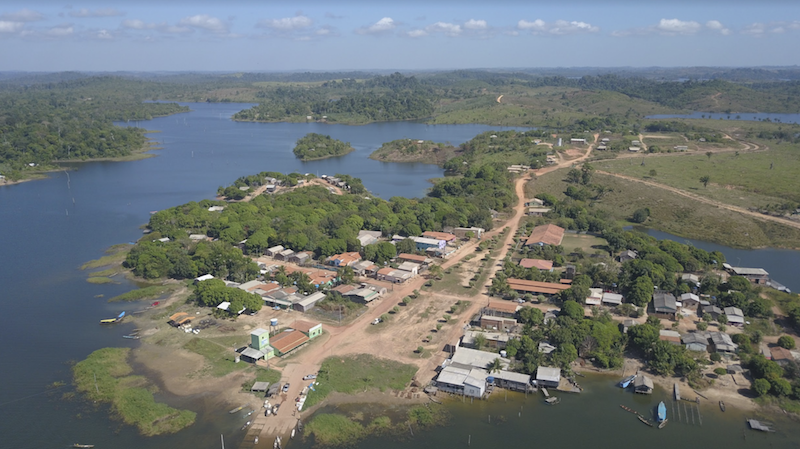
The Opportunity Provided By Cocoa
For him, Tuerê still faces big challenges, but he states that in the past hardships were even bigger. “At the beginning, it was not easy for us settlers. We didn’t have access to any road. To get to the other side of the settlement, we had to cross a mountain, going up and down 12 km. Today, we don’t have good roads, but we have access at least. What we went through was hard. At the beginning, it was certainly difficult, but things are improving and will become even better.”
In his property, where there is not electric power yet, he lives with his wife and a three year old daughter. “I have around four thousand cocoa trees and seven heads of cattle”, tells Francisco, who produced almost six tons of cocoa during the last harvest.
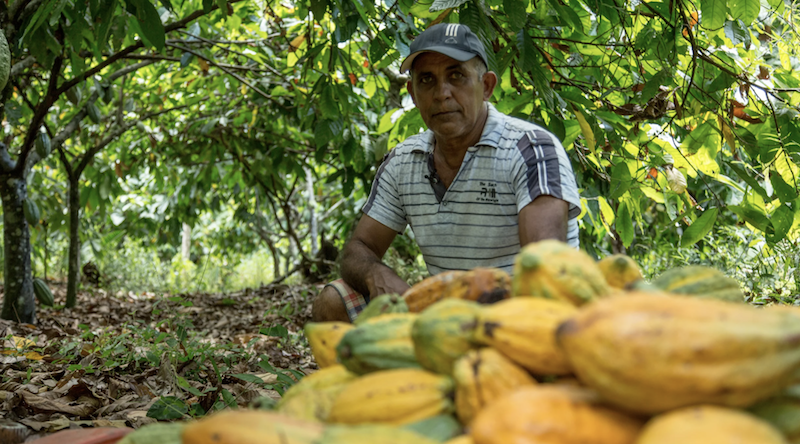
Scaleable Gains for Producers and The Forest
Secured economical gains are one of the arguments Antônio uses to talk other producers into reducing grazing areas to pick up cocoa. Even not having livestock, which is uncommon in the region, cocoa has sustained everything he’s built in the last thirteen years.
“Cocoa placed the light I have at home, the freezer I own, the fridge I own, my son’s motorcycle, everything was gained through cocoa.”
His greatest wealth is the small productive forest he has grown in his property. “Today I have around 30,000 cocoa trees. And I keep on growing. I have a nursery with 5000 seedlings to plant”. He applies shading techniques in cocoa farming, that is, he uses native trees to provide shade for the cocoa trees. This improves fruit productivity and allows it to restore areas that have been deforested.
“I’ve already tasted the Pará nuts I grew. I already planted 200 chestnut seedlings, around 200 red and yellow ipês. Everything turns into a story. There is no money that can buy this. Every 16 meters I have a bunch of forest essences I planted. Without mentioning the trees that were born on their own.”
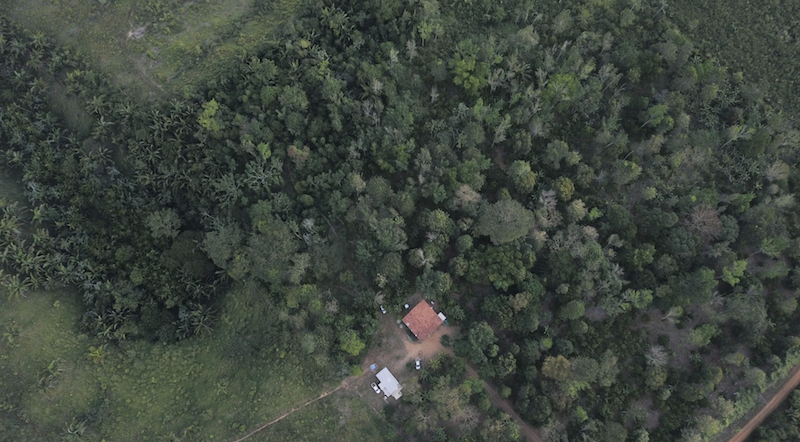
A More Secure Future
Francisco says his joy in producing off the forest comes from the assurance that it is possible to recover and preserve a balance that ensures the future of all the local families. "Field and forest become one and the same for me. It depends on the moment, if you respect nature timing, if you perform the right management and work within the legal frame.” For Francisco, the technical assistance provided by the programme has been essential in achieving this balance, because it improves yields without having to expand farm land. “In a small plot it is possible to achieve big gains through cocoa management”. Antônio dreams of continuing planting and keeping his property as a productive forest.
“I hope my son Pedro, who is now three years old, can live here when he turns 53, with his own family, living off the land."
“I become more cheerful each passing day. Whenever I get stressed I take a walk through my plantation, I look at the cocoa trees, I take another look at a plant I grew and see its fruit…Is like having a small kid and see it grow into a full fledged man or woman. Which parent wouldn’t feel joy at such a sight?” says moved. In 2017, his daughter, Ana Elisa, was born.
Learn more about this initiative by watching the video below:
